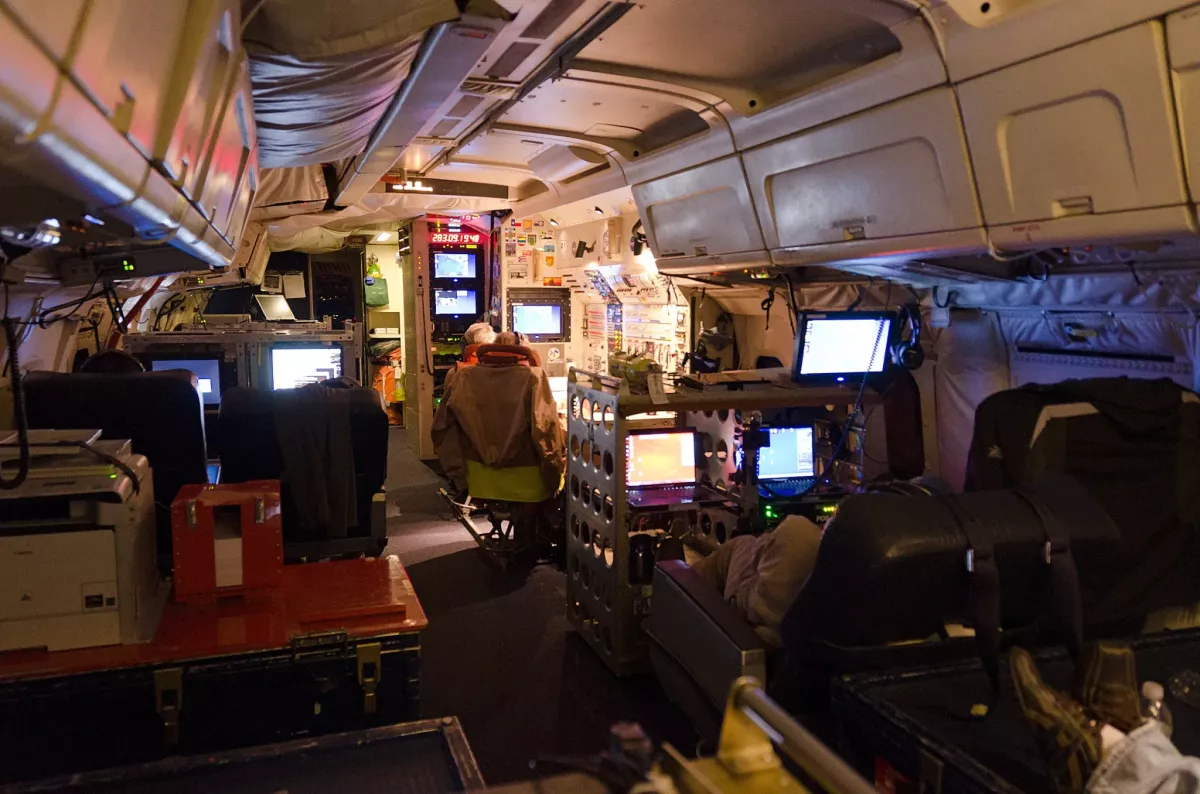NASA's flying laboratory receives major upgrades
NASA has acquired a Boeing 777-200ER to serve as its new flying laboratory, replacing the retired Douglas DC-8, which flew research missions for over three decades. The 777 arrived in Waco, Texas, for structural modifications, following earlier updates at NASA’s Langley Research Center. These changes will equip the aircraft for its new role in supporting Earth and atmospheric sciences, satellite sensor development, and space vehicle telemetry and tracking.
The 777-200ER was built in 2003 and formerly operated by Japan Airlines and as reported by the The War Zone publication, purchased by NASA in December 2022 for under $30 million. Registered as N774LG, the aircraft will expand upon the capabilities of the DC-8, which served as NASA’s workhorse for airborne science missions since 1987. The transition to the newer, larger, and more advanced platform reflects NASA’s commitment to modernizing its research fleet.
The 777 will perform a variety of missions, much like its predecessor, but with enhanced capacity and efficiency. Its tasks are divided into four key categories:
Sensor Development: The 777 will test prototype instruments, including satellite-bound sensors, to ensure they perform effectively in Earth’s atmosphere.
Satellite Sensor Calibration: It will verify and calibrate existing satellite sensors by flying under their orbital paths and comparing data collected in-flight with satellite measurements.
Telemetry and Tracking: Equipped with advanced tracking systems, the aircraft will gather telemetry data for space missions, including support for NASA’s programs and the Missile Defense Agency. It will also provide optical tracking for spacecraft launches and re-entries.
Earth Sciences Missions: The aircraft will monitor global phenomena, such as polar ice changes and wildfires, under NASA’s Airborne Science Program. Its large payload capacity, long range, and onboard laboratory make it ideally suited for these tasks.

The 777 significantly enhances NASA’s research capabilities. It can accommodate up to 100 onboard operators, compared to the DC-8’s 45, and carry a payload of 75,000 pounds—more than double the DC-8’s 30,000 pounds. Additionally, the 777 boasts a mission duration of up to 18 hours, surpassing the DC-8’s maximum of 12 hours, depending on payload and weather conditions.
Aircraft Modifications and Features
The 777 underwent initial modifications at Langley Research Center, including the installation of observation ports, power and data systems, communication equipment, and accommodations for instrument operators. Further changes in Waco will likely include instrument mounts, external antenna systems, and advanced sampling probes, building on the functionality of the DC-8, which featured specialized windows, air sampling systems, and a tube for deploying dropsondes.
These upgrades ensure the 777 can meet the diverse needs of NASA’s research programs. It will begin operations in late 2025, after completing modifications by September.
By Nazrin Sadigova








